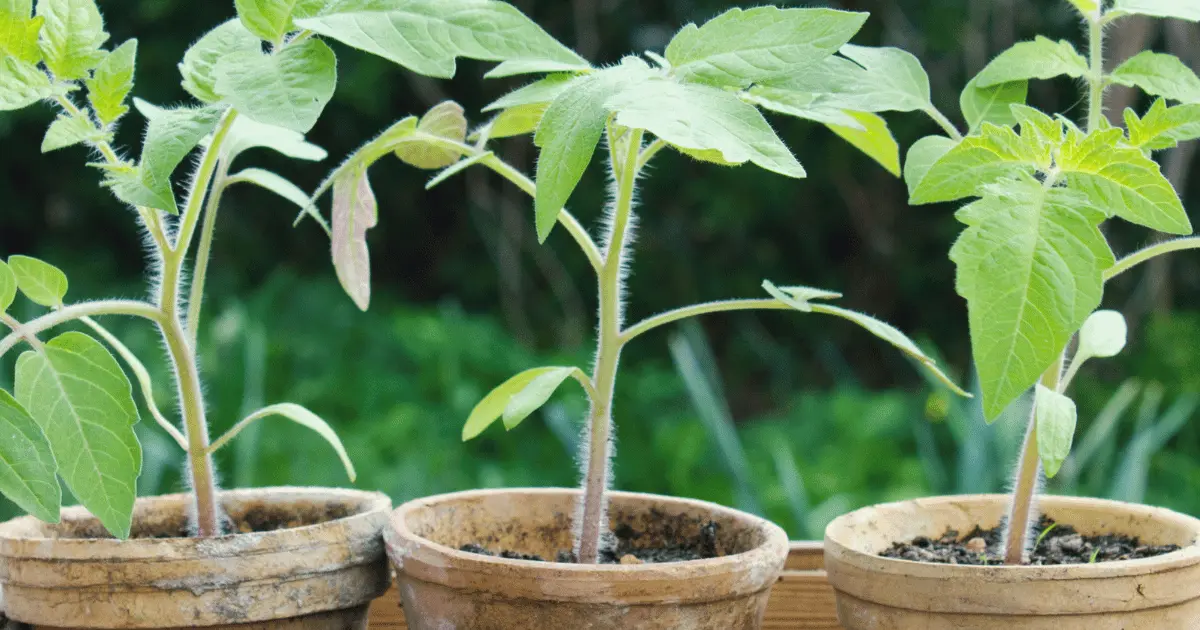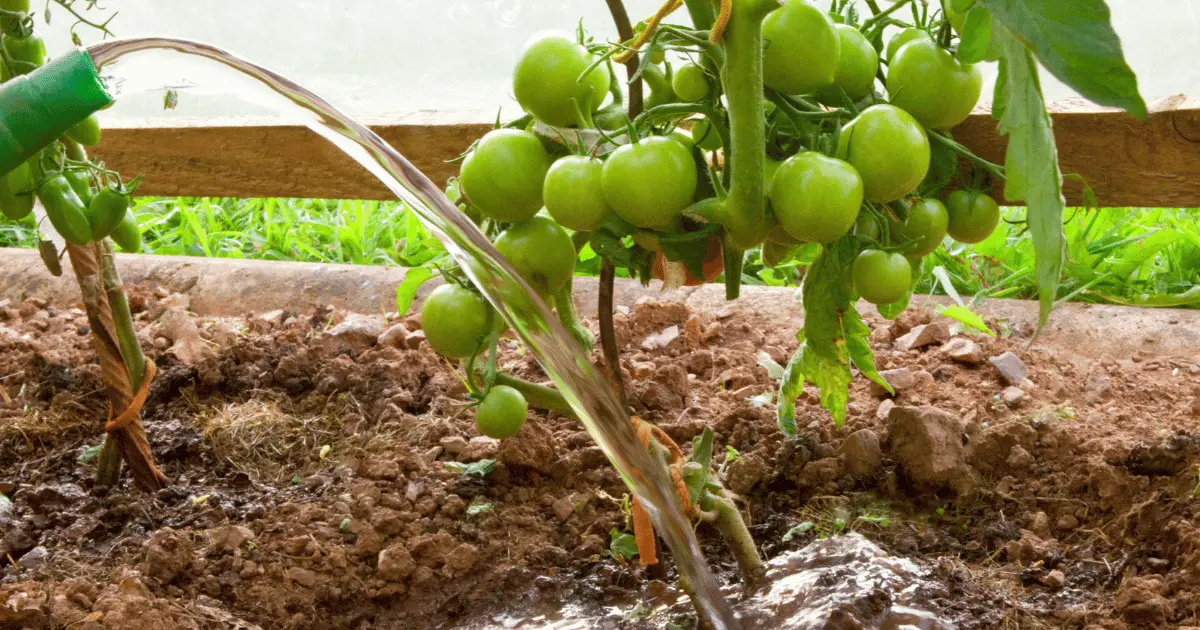Tomatoes are an excellent source of nutrients, and they also give your meals a sweet smell, taste, and color that you cannot afford to miss in any dish. Many people prefer to plant tomatoes at home, especially in a pot, because it is a great way to access the freshest fruits easily; planting in pots will also save you money. This method is even more appealing considering tomatoes are relatively easy to cultivate. You can even get your tomato seedlings from your local market without stress.
This article will outline the simple ways you can grow tomatoes in a pot and how to care for tomato plants, starting from seedlings to harvest.
How to Grow Tomatoes in a Pot

Growing tomatoes in a pot have so many benefits. Among those benefits is space management and being able to protect them more from critters.
Step one: Choose the Right Spot
Choose a location where the plant can get at least eight to ten hours of sunlight. If this is impossible where you live, you could use artificial plant lighting for some hours every day.
Step two: Choose the Right Tomato Varieties
Bush, compact, or patio plants are usually the best tomato plant for pots as they grow to a predetermined size, not more than 3 to 4 inches tall. These varieties have set flowers and fruits, making them reliable in tight corners. However, you can also grow other varieties if you have large enough pots and space to accommodate them.
If there is enough space, indeterminate tomato plants will give you an abundant harvest all season. But determinate varieties are recommended if you have a short growing season and a late start.
Step Three: Choose the Right pot
Tomatoes require large pots to grow; an ideal pot size should be about ten to twenty gallons. Some people recommend fabric pots since they benefit plants with extensive roots and naturally air-prune them. Roots in fabric pots are exposed to air as they grow, and fabric pots also help properly drain excess water and improve oxygen to the root.
Nevertheless, if the climate is cool, you could go for black plastic pots, as they help hold in heat and keep the roots warm. However, black plastic pots could get too hot in the summer, so you need to shade them to prevent overheating.
Be sure to place a heavy-duty saucer underneath your pot before loading it up, and then place it where you want it to be; this will allow your plant to absorb any excess water over a hot day.
Step Four: Use only Quality Potting Soil
You can get a high-quality potting mix from the market or choose to mix it yourself. Avoid reusing your potting mix from last season if you experienced pests or diseases on your plant.
Your tomato plant in your pot would need a good combination of breathability, retention, and moisture. Try to remember this when choosing your potting mix. Get your soil, and you are ready to plant your tomatoes. You can add fertilizer to your soil, then add another layer of potting mix to cover your fertilizer before planting.
Step Five: Preheat the mix
Your tomato plant may not grow until your soil and the air temperature is warm. You can preheat the soil by covering your planting area with black or red plastic for weeks before planting when you are ready to plant. You can remove the plastic from the soil.
Step six: Planting your Tomato
If you are planting tomatoes from seed, ensure you give the seedlings enough room to branch out. As they grow, snip the weaker seedlings in favor of the best grower. When they are too crowded, it stresses them out and can lead to diseases later on. After your plants get their first set of true leaves, you can transplant them into more spacious pots to give them room to grow properly.
Step seven: Repotting your Plant
Repotting helps your tomato plant develop more extensive roots, which help them resist pests and diseases that attack vulnerable young plants. Gently snip off the lowest set of leaves. Center the tomato plant in the center of the pot and add some more potting mix. Top off the soil with some fertilizer and lightly rake it around the base of the stem.
Step Eight: Water your Plant

To keep the soil moist, water the root base of your plant. Be sure to water your plant thoroughly, bearing in mind that less or too much water can stunt your plant’s growth, cause blossom end rot, and encourage pests. To know when to water again, check the top 3 to 4 inches of your plant; if it feels dry, then know it is time to water it. Your plants in the pot will need more watering. The smaller the pot, the more watering you will need. Tomato plants like to be watered adequately, so they saturate the soil until excess water runs out of the bottom of the pot.
Step Nine: Use a Fan
If you are planting in a pot indoors, you may need to use a fan to enable your plants to sway here and there. Swaying helps the plant circulate and develop strong stems, and you can do this for ten to twenty minutes twice a day.
Step Ten: Rid off Bottom Leaves
Once your plant reaches 3 to 4 feet tall, remove the leaves from the bottom foot of the stem because, among other reasons, they are the first to develop fungus infection. As the plant grows, the leaves at the bottom get the least sunlight and airflow. Removing them will help prevent fungus infection on your plant.
Step Eleven: Prune for Larger Growth

Remove suckers that grow in the crotch joint of two branches because they will not bear fruit but suck nutrients meant for the main plant. You can remove a few leaves to allow the sunlight to reach the ripening fruit. However, do not over-prune them because it is the leaves that photosynthesize and create the sugar that gives flavor to your tomato.
